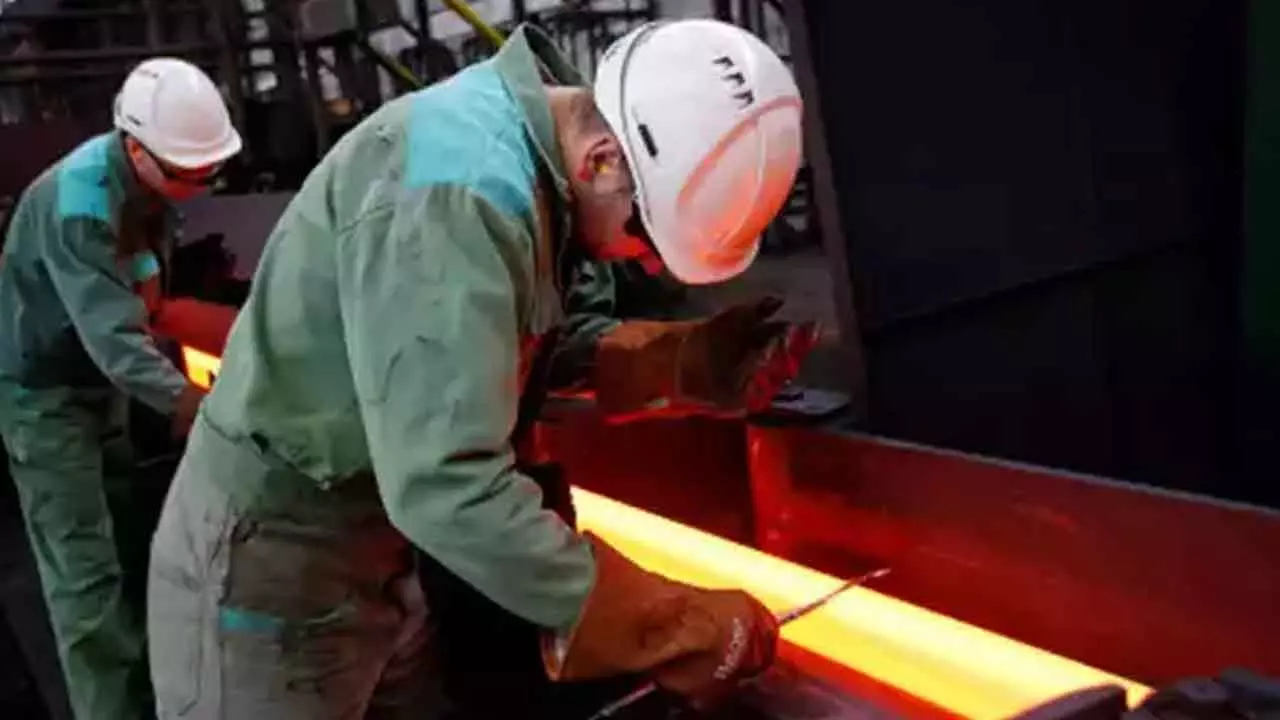A Tightrope Walk Awaits The Govt On Steel Industry’s Plea For Higher Customs Duty
A Tightrope Walk Awaits The Govt On Steel Industry’s Plea For Higher Customs Duty

The Indian steel industry’s demand for an increase in customs duty on imports is gaining salience amid a sharp rise in imports from China. In the first eight months of the current fiscal, imports of finished steel reached an unprecedented 6.5 million metric tonnes, which is a 26.6 per cent rise year-on-year. This surge has raised concerns within the domestic steel industry, which has convinced the steel ministry to take up the issue with the Union finance ministry. Though, the quantum of increase in the duty is varying, it is quite clear that the steel ministry has favoured a higher duty. The advocacy for a higher duty underscores the challenges the industry faces.
One must not forget that the global steel market is experiencing volatility due to demand fluctuations, supply chain disruptions and geopolitical tensions. India’s steel industry has consistently demanded protective measures against cheap imports from China, while Beijing has been accused by many countries of dumping steel and the US has imposed anti-dumping duties on Chinese steel.
The Indian steel industry, like other industries, suffers because of higher input costs, regulatory compliances and infrastructure issues. Apparently, the concerns raised by the steelmakers are not unjustified. An increase in customs duty will help the domestic steel industry and also scale down the country’s trade deficit with China. In hindsight, such a decision will not be without its downside. The impact on downstream, user industries cannot be wished away, as costlier imported steel would add to their input costs. As a result, sectors like automobile manufacturing, construction, infrastructure and machinery production face headwinds. Importantly, many of these sectors are dominated by MSMEs, which are already caught in a variety of problems.
There is also a possibility of retaliatory actions from trading partners and World Trade Organization (WTO) disputes. In order to balance various factors and take into account the interests of all stakeholders, the government has to walk a tightrope. The concerns of the steel industry have to be addressed but not at the cost of user industries. There are several policy alternatives that the government should ponder over.
Anti-dumping duties can be considered as these are targetted measures against specific products and countries. While curbing unfair trade practices, they don’t necessitate blanket tariffs. There is a production-linked incentive scheme for specialty steel. The scheme covers coated/plated steel products, high strength/wear resistant steel, specialty rails, alloy steel products and steel wires, and electrical steel. The government could consider enhancing scope of the PLI scheme for the steel sector. It can also look into the possibility of decreasing input costs for domestic steelmakers through tax reforms.
The Indian Steel Association had earlier sought reduction of GST rates on metal scrap and consider the supply chain of scrap from the perspective of reverse charge mechanism under GST. These recommendations were revenue-neutral for the government, so these may be accepted. Since the government’s decision to increase customs duty on steel imports will have far-reaching ramifications for the economy, this is best avoided. Even if the government decides to hike customs duty, the increase should be minimal and temporary.

